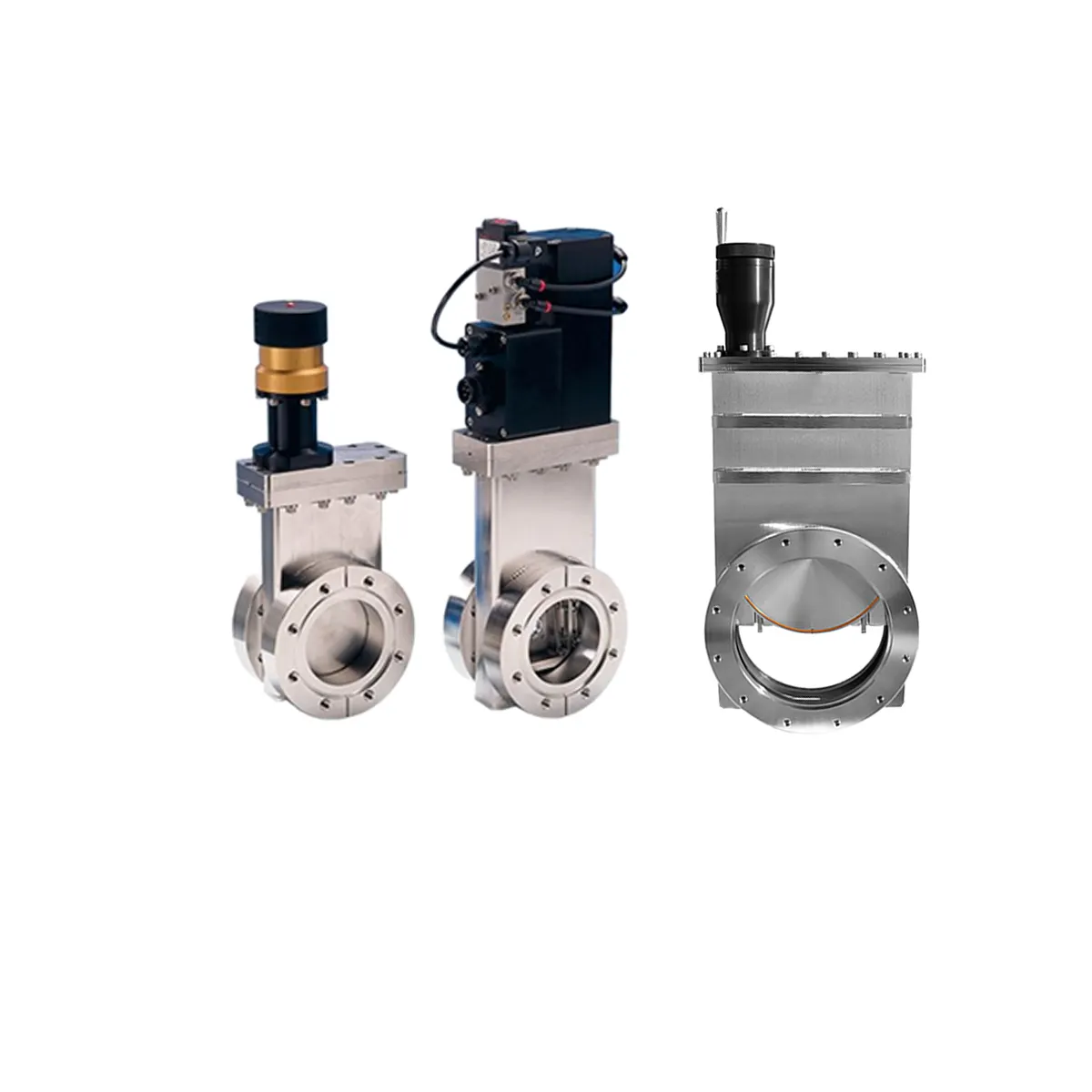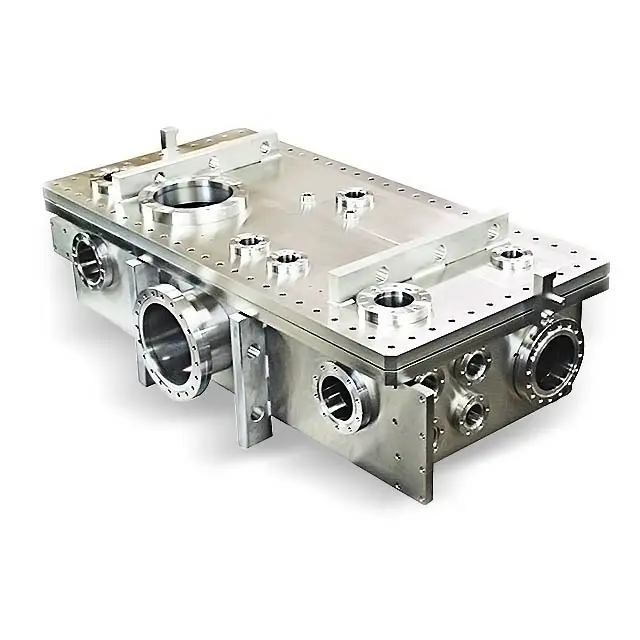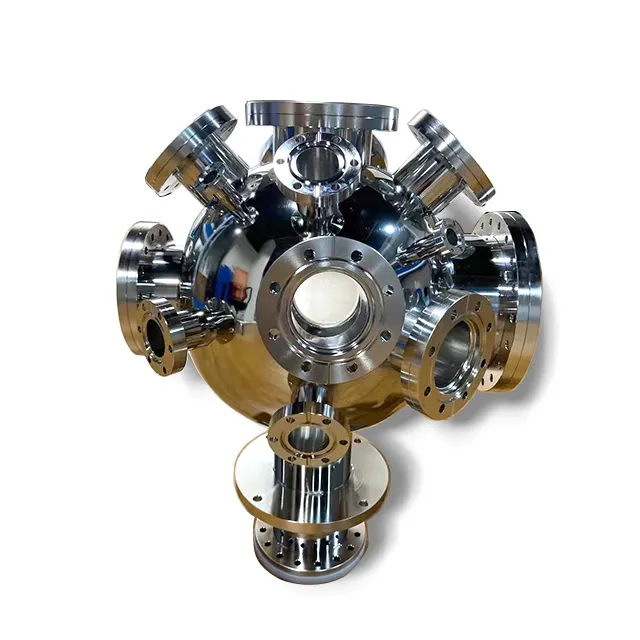vacuum pump system
A vacuum pump system is a sophisticated piece of engineering designed to remove gas molecules from sealed volumes, creating and maintaining vacuum conditions. These systems operate through various mechanisms, including mechanical, diffusion, and turbo-molecular methods, each serving specific applications and vacuum level requirements. The core functionality revolves around systematically extracting air and other gases to achieve desired pressure levels, ranging from rough vacuum to ultra-high vacuum conditions. Modern vacuum pump systems incorporate advanced control systems, enabling precise pressure regulation and automated operation sequences. They feature robust construction with high-quality materials to ensure durability and reliability in demanding industrial environments. The system typically comprises multiple components, including the primary pump, secondary pumps for higher vacuum levels, vacuum gauges, valves, and control interfaces. These components work in harmony to maintain stable vacuum conditions while protecting against system contamination and backflow. Applications span across numerous industries, from semiconductor manufacturing and scientific research to food packaging and pharmaceutical production. The systems are designed with energy efficiency in mind, often incorporating variable speed drives and intelligent power management features to optimize operational costs.


